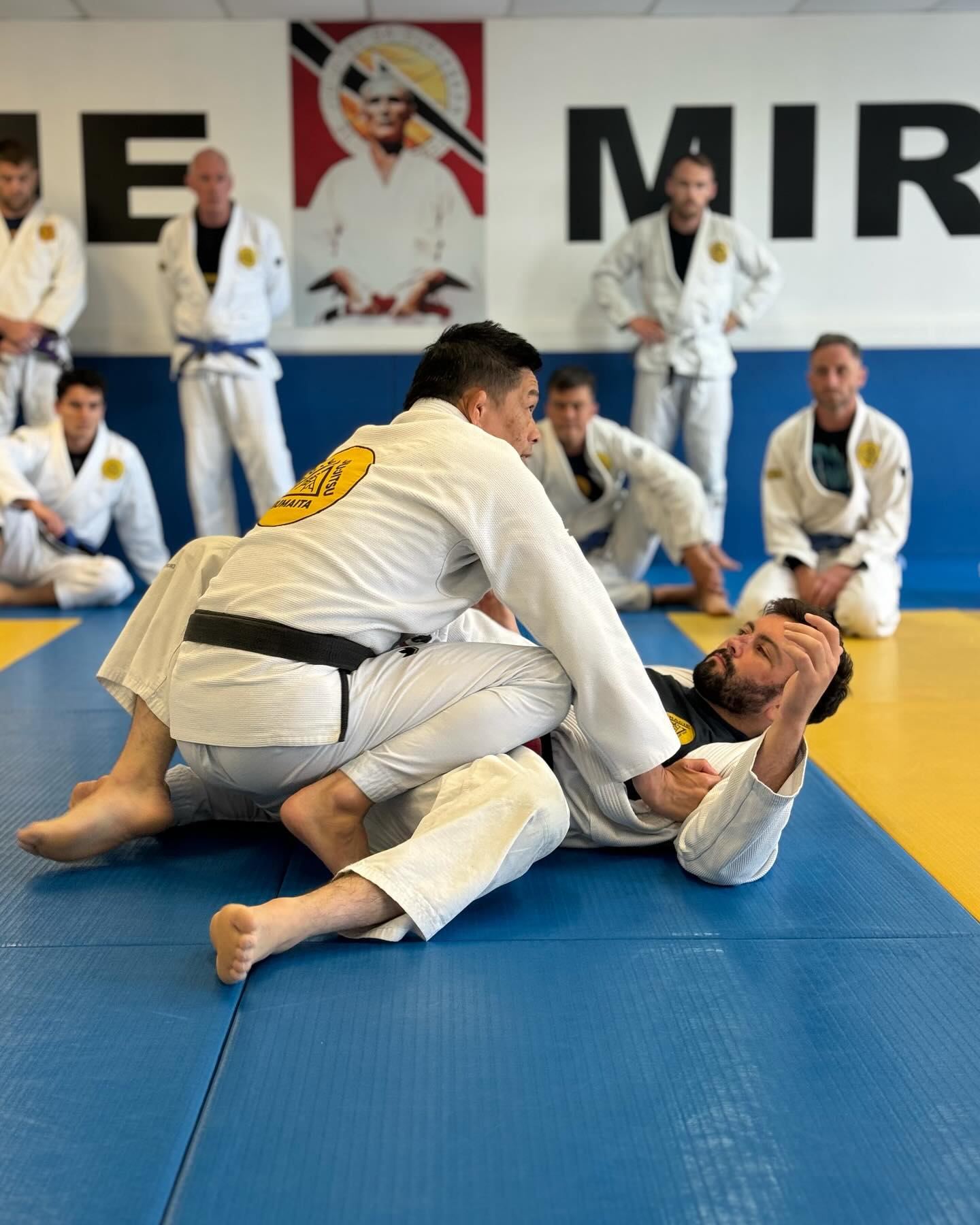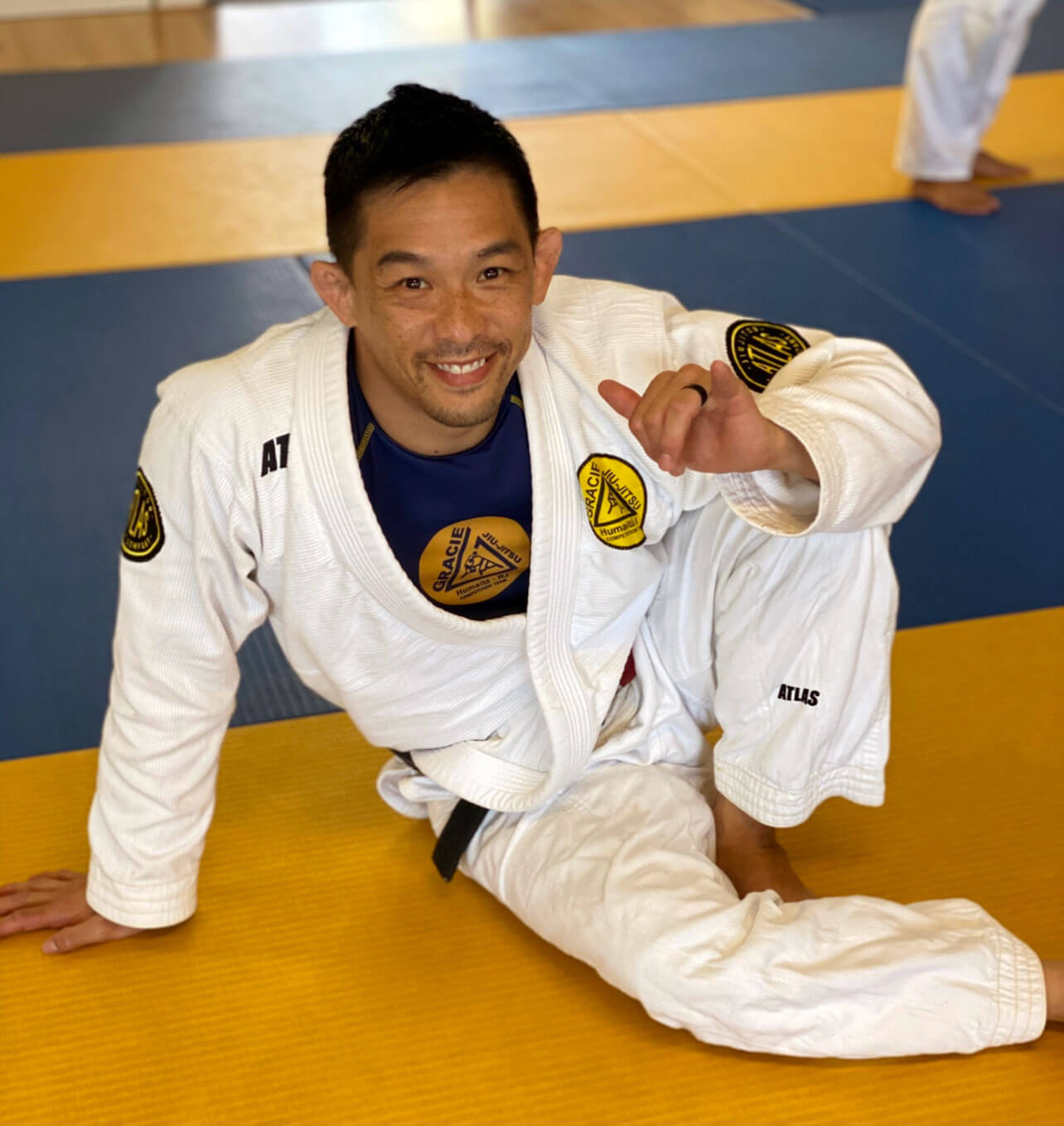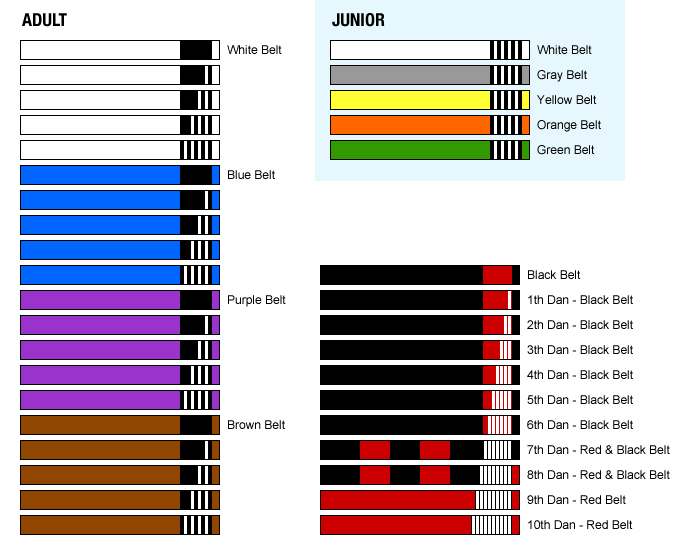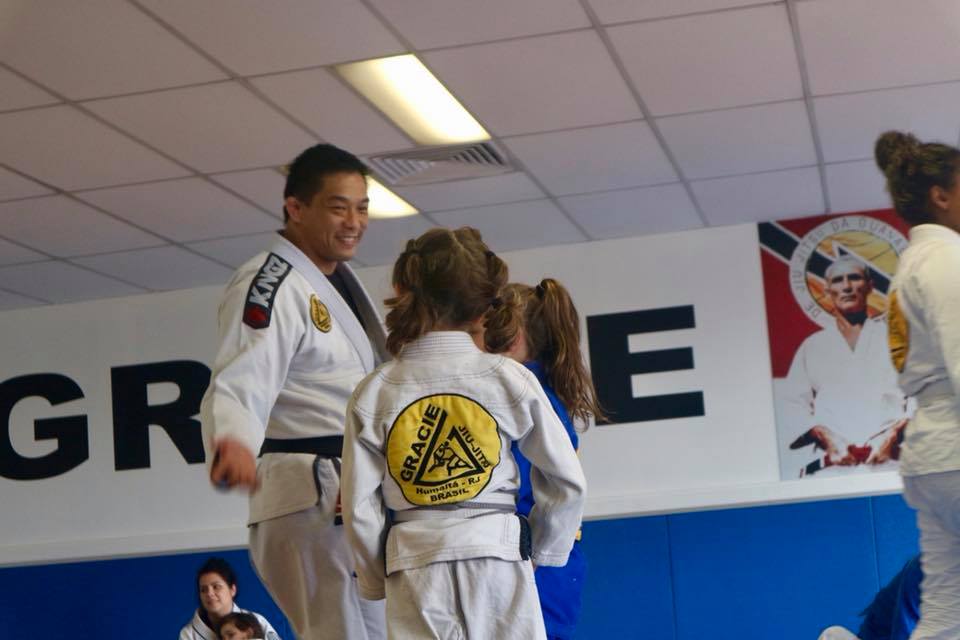Martial arts is one of the healthiest things you can do. It’s good for your mind and your body, and disciplines like Brazilian Jiu-Jitsu teach you invaluable self-defense skills. But as great as it is for you, no one can say martial arts training is easy.
Gracie Miranda is home to grapplers from all across the Sutherland Shire, many of whom train for different reasons. One thing that unites most new students is that at first they fixate on mastery.
When you begin attending BJJ classes as a white belt, your mind naturally charts a course to black belt. You begin stressing about what you’re “meant” to do to progress. Many stress over the question: “How often should I train.”
The honest answer? It’s complicated. (Short answer: As much as you reasonably can!)
Jiu-Jitsu is a long haul. Creating a foundational skill set takes years, and becoming an expert takes over a decade. For new white belts, it’s important to remember that success takes time. That means your training plan above all has to be sustainable.
If you’re curious, come into Gracie Miranda for a free trial lesson. If you’re a new student wanting to learn about training frequency, read on.

Optimal vs. sustainable
Anyone who’s tried a diet before can recognize the difference between an optimal plan and a sustainable one. The best diet for weight loss is actually useless if following that diet is impossible.
It’s the same with martial arts training. Many new students ask what the optimal amount of training is, not recognizing whether the optimal amount is sustainable for them. It’s important to note that everyone who steps on the mats at Gracie Miranda and other BJJ academies has different circumstances.
It’s not a mere question of dedication to Jiu-Jitsu. Work, injury-history, family and health status are all relevant factors. Perhaps most important is ambition. What’s your motivation for training?
As a general rule, you should aim to train three or four times a week. This allows for solid skill acquisition without overburdening your body. It takes a while for your body to acclimatize to the rigors of grappling, so overtraining is a particular risk for new students.
Again, it goes back to sustainability. It’s great to see students join an academy and train six times a week, throwing in a couple of back-to-back classes. However, some of these students burn out and, overwhelmed by the high bar they’ve set themselves, end up quitting. Better to burn consistently than burn bright for a short time! If you want to train every day, do so. But don’t overextend yourself to train because you feel you have to.
Motivation is key
Motivation is key to success, but that doesn’t just mean the desire to train. It means the specific reason behind your training is an important determinant of how frequently you should train.
If you have desires of professional grappling or MMA fighting, it makes sense to attend BJJ classes five, six or seven times a week. It’s not unusual for such athletes to train multiple times a day. However, only a small percentage of the people who come to Jiu-Jitsu academies do so to become world-class competitors.
If you train to develop self-defense skills or for a hobby, three or four times a week is more than sufficient to improve your game. If you have time and desire to train more, that’s fantastic! But you shouldn’t beat yourself up for not doing so.
Similarly, you may have lifestyle conditions that restrict your training to once or twice a week. No one can pretend that training once a week is ideal, but it’s far better than training no times a week. Again, Jiu-Jitsu is a marathon that spans decades. If you can only train once or twice a week because of work or family reasons, do that. Once your circumstances change – be it after months or years – ratchet up your training frequency when you can.
If you’re training for self improvement, slow progress beats no progress.
In the Sutherland Shire and want to take up self-defense training? Come into Gracie Miranda for a free trial lesson.






